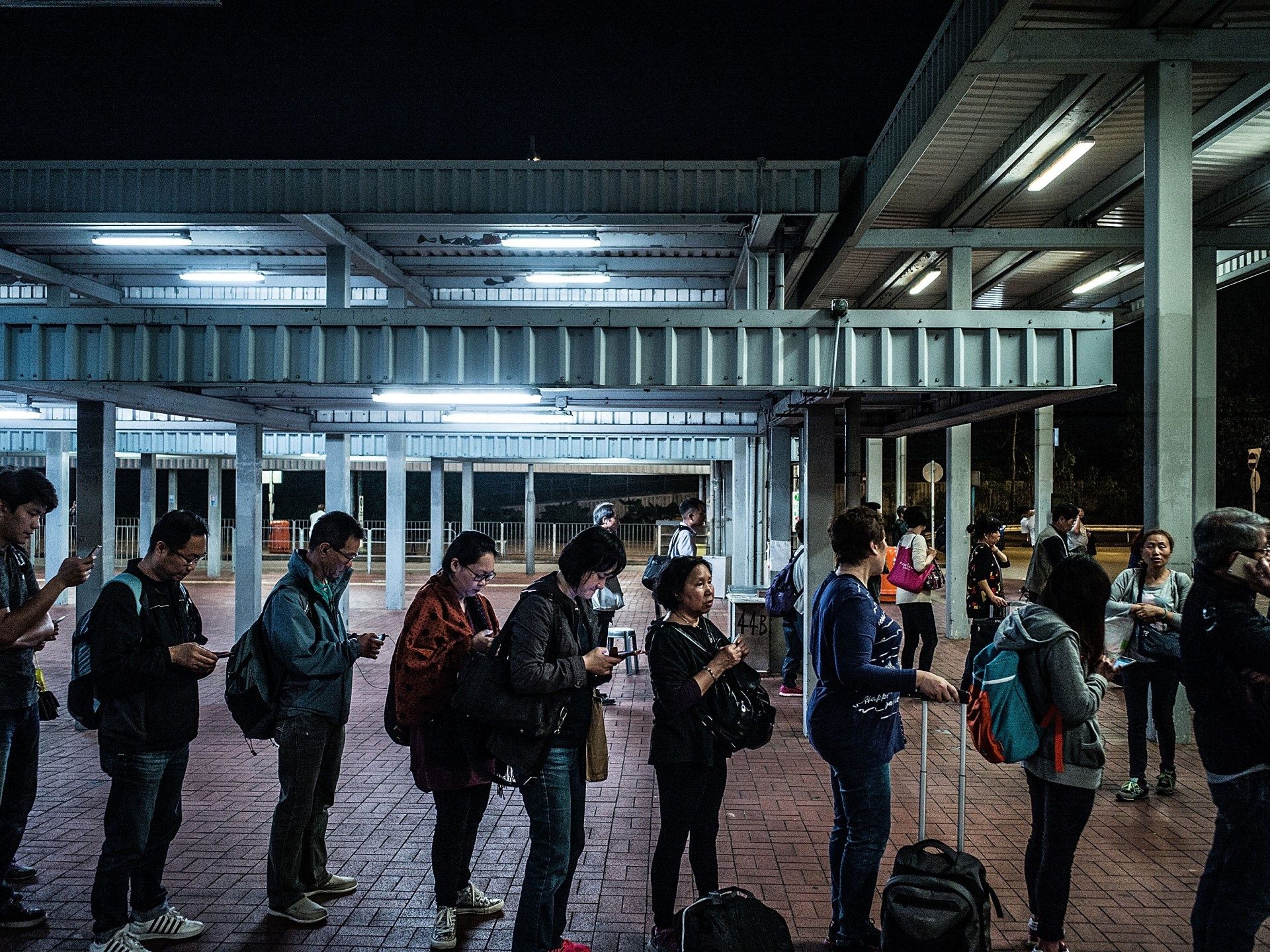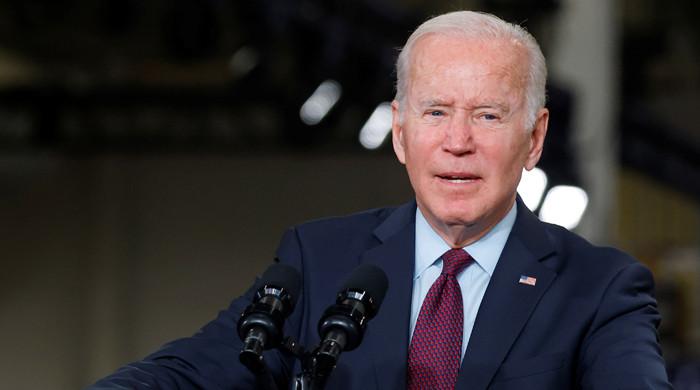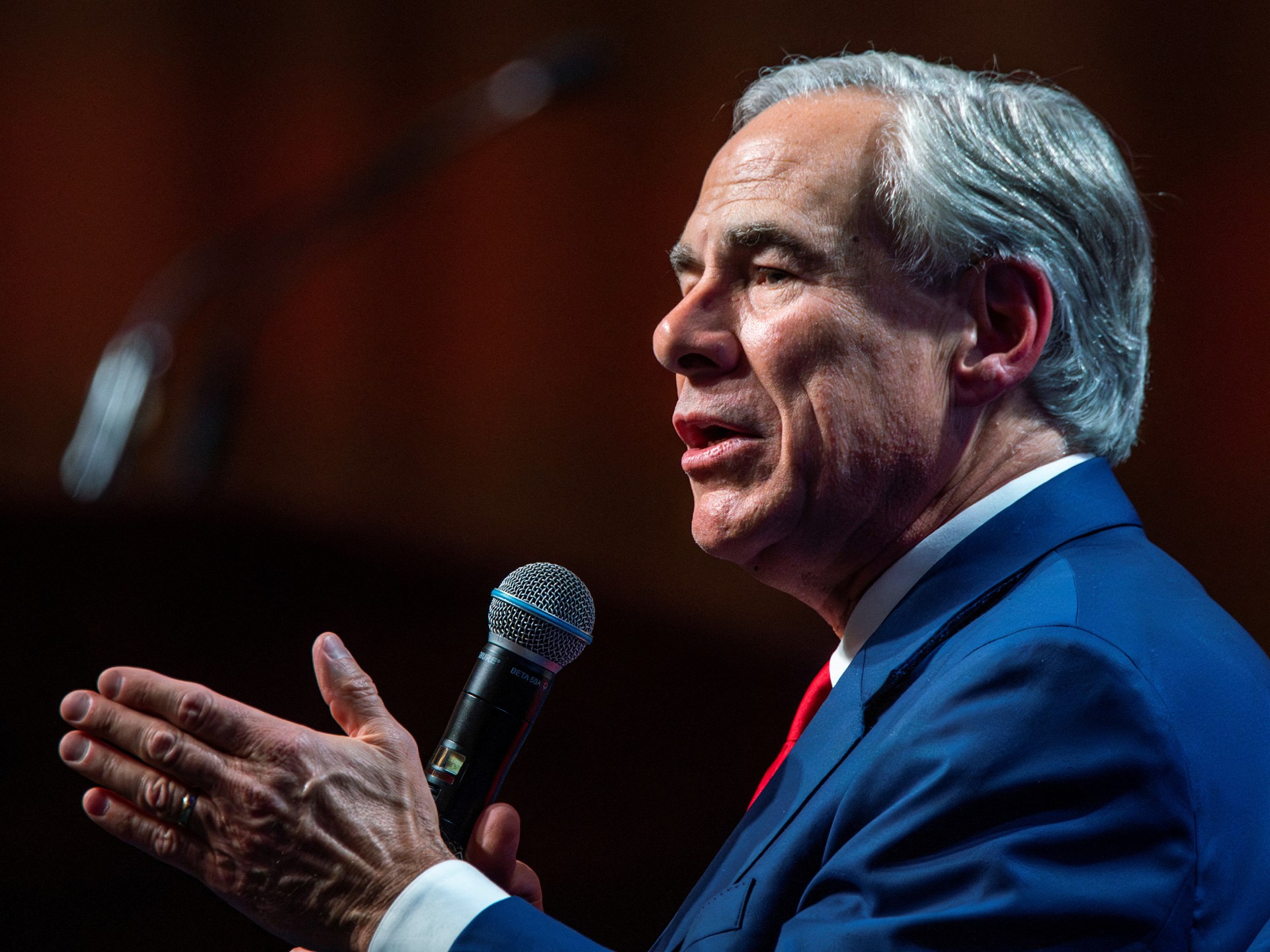Hong Kong, China – Hong Kong resident Mimi Lau regularly travels to Shenzhen to eat with friends or shop at one of the Chinese megacity's many upscale shopping malls.
For Lau, who lives in Hong Kong's New Territories, near the border with mainland China, Shenzhen is not only a shorter bus ride than most of the popular shopping and dining areas in his hometown, but it is also cheaper.
“It's very easy, especially from Shenzhen Bay Port. You just cross [the border]. They check your Hong Kong ID and your mainland ID, and you have a huge transportation network right on the border: taxis and buses. You can call your own Didi,” Lau told Al Jazeera, referring to the popular Chinese answer to Uber.
“It's very convenient and you don't need to carry cash. “Everything is electronic payment.”
Lau is not alone in her enthusiasm for Shenzhen, a sprawling metropolis of more than 17 million people whose transformation from a sleepy fishing village began in tandem with China's economic reforms of the 1980s.
Hong Kong residents made 53 million cross-border trips to Shenzhen in 2023, the first full year since the lifting of COVID-era border restrictions, according to government data.
In March, the city saw a record 9.3 million departures, mostly to mainland China, leaving nightlife and shopping venues virtually empty over the Easter holiday period.
For many Hong Kongers, the appeal of Shenzhen is a superior range of shopping, dining and entertainment options at a fraction of the price.
Hong Kong resident Yvonne Koh said she and her friends enjoy visiting Shenzhen for day trips filled with massages, affordable meals and fun activities like go-kart racing.
“It's very safe and everything is very convenient,” Koh told Al Jazeera.
Hong Kong, a former British colony that retains a distinctly more capitalist lifestyle than the Chinese mainland, has long been wealthier than other parts of China, although the gap has narrowed amid the rapid rise of the second-largest economy. biggest in the world.
Hong Kong's economy is almost twice the size of Shenzhen's per capita, according to the Hong Kong Business Development Council, giving the city's residents greater purchasing power across the border.
But Hong Kongers have recently discovered that their money goes even further due to the favorable exchange rate between the Hong Kong dollar, which is pegged to the US dollar, and the Chinese yuan.
At the same time, China's slower-than-expected recovery from the pandemic has made prices look even more attractive to visitors.
With greater purchasing power in China, Hong Kong residents are spending an increasing proportion of their income across the border on everything from cheaper medical services to bargain hunting at Shenzhen's new Costco, according to Chim Lee, senior China analyst at the Economist Intelligence Unit.
“In addition to outbound tourism to the continent [and overseas]Residents are also spending more on daily necessities like groceries and prescription glasses,” Lee told Al Jazeera.
“Lower prices on the continent, helped by the relative strength of the US dollar…, growing familiarity with the continent's lifestyle apps and improved customer services have facilitated this trend,” he added.
Traveling to Shenzhen is also easier than ever, with multiple subway and bus routes to choose from. By high-speed train, the first stop across the border is just 15 minutes away.
While the trip requires visitors to clear immigration, the process is typically quick outside of major holidays.

China is not only trying to attract Hong Kong natives to cross the border.
Late last year, Beijing relaxed visa requirements for foreign residents in Hong Kong, a sizable portion of the city's population. They can now apply for a six-day visa to enter Guangdong province, where Shenzhen and Guangzhou are located. Paying for goods and services, long a source of frustration for foreign tourists, has also recently become easier.
Foreigners can now link their credit card to the Alipay payment app and spend up to $2,000 without registering their ID, although certain features remain inaccessible without registration.
Still, Hong Kong retains some ties over the mainland.
While the distinction between Hong Kong and mainland China has been blurred amid a broad national security crackdown in the semi-autonomous territory, the city still has far more rights and freedoms than the mainland.
Mainland China also lacks an open Internet and its apps have a reputation for invading users' privacy, leading frequent visitors like Lau to have a separate phone when traveling there.
“There is a bit of psychological apprehension once you cross the border. You know that you have to change the settings of your SIM card. You will no longer have Facebook or WhatsApp,” she said.
“[But to] To be honest, the price or value for money offered for that temporary suspension of connection to a free world is well worth it.”
The surge in Hong Kongers heading to Shenzhen marks a major shift at the border, where traffic used to move mainly in the opposite direction.
Thousands of Chinese swam to Hong Kong, then still a British colony, to escape the turmoil of the Cultural Revolution of the 1960s and 1970s.
Following Hong Kong's return to Chinese sovereignty in 1997, the city became an attraction for mainland Chinese seeking more economic opportunities and a more open social and political environment.
Hong Kong also attracted millions of Chinese tourists each year who could access brands and products not available on the mainland.
COVID-19 brought cross-border traffic to a standstill as both the mainland and Hong Kong imposed some of the world's toughest restrictions on travel and freedom of movement.
Neither fully abandoned “zero-COVID” restrictions until late 2022, long after most of the world had reopened. Both economies have struggled to return to pre-pandemic levels due to their unique challenges.
Tens of thousands of Hong Kong residents and numerous businesses have left the city since sweeping national security laws were enacted following mass pro-democracy protests in 2019.

The city is also struggling to attract tourists south of the border, in part because of the strong Hong Kong dollar.
Once the engine of Hong Kong's retail economy, mainland tourists are increasingly flocking to places like Thailand and Singapore, which offer visa-free entry, unlike Hong Kong.
Chinese tourists have also been attracted to Japan, where the weak yen has led to a surge in international tourism.
In many parts of Hong Kong, including hotspots like Central and Sai Ying Pun, it is common to see boarded-up storefronts and restaurants.
Lee of the Economist Intelligence Unit said he is cautiously optimistic about the future as the Hong Kong dollar will weaken along with the US dollar as the Federal Reserve cuts interest rates in the coming months.
Big box retailers like Sam's Club, which has a location in Shenzhen, are also adapting to a more price-sensitive Hong Kong, with plans afoot by the American brand to launch an online shopping and delivery service for the city, as reported by the South China Morning Post. reported.
That's good news for Hong Kong residents who still prefer to shop locally and may be avoiding the mainland for personal reasons.
Jenny, a Hong Kong resident who asked to use only her first name, said she doesn't go to Shenzhen because she can do most of the same things in Hong Kong.
He said the hype around travel to the mainland was mainly due to social media, but was also blurring the distinction between China and Hong Kong, something the government is keen to do.
“I think it's reasonable to travel to China if you're looking for something you can't do in Hong Kong, like really stunning scenery or hiking,” he told Al Jazeera.
“But if you're doing some daily routine things like watching movies or eating dinner, and you choose to go to China… it's accepting that it's actually one country. The line, the border, the separation is becoming blurred here.”












